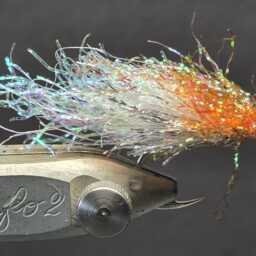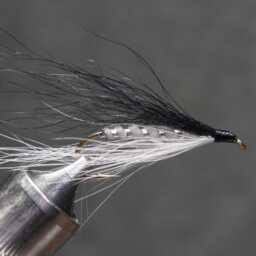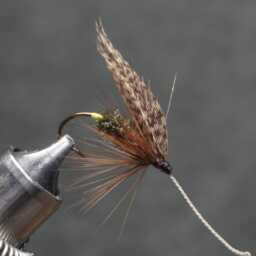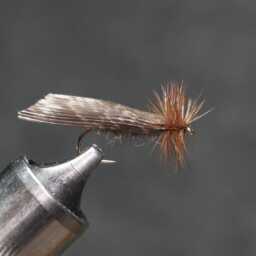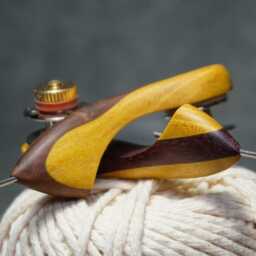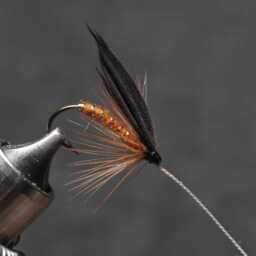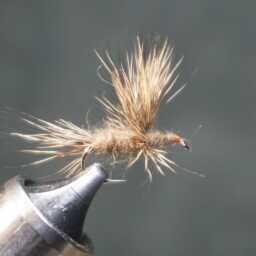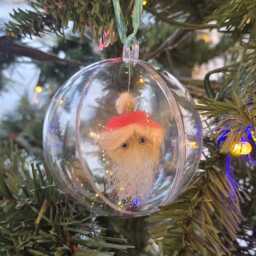Some tyers prefer utilizing capercaillie feathers for wings on march brown fly patterns due to their distinct characteristics.
Capercaillie Habitat and Characteristics
The capercaillie, a bird as large as a turkey, resides in Scottish forests. Extinction in the UK during the mid-18th century resulted from habitat loss. Reintroduction efforts from Sweden nearly a century later revived their population. These birds now thrive in northern Scottish pine forests, subsisting on berries, conifer tree shoots, and buds.
Sexual Dimorphism in Capercaillie
The capercaillie exhibits significant sexual dimorphism. Males, weighing just over 4kg, are twice the size of females, who weigh around 2kg. Male features include glossy black feathers, red eye markings, and a green hue on their chests. In contrast, females display a brown, mottled appearance with an orange-brown throat. Female capercaillie resemble female black grouse, but the capercaillie’s distinctive brown-orange throat sets it apart from the black grouse.
Western Capercaillie Variations
As the largest within the grouse family, the Western Capercaillie shows distinct gender differences. Female capercaillie have mostly similar dark brown mottled feathers. In contrast, male subspecies exhibit varying degrees of darkness. Their coloration spans from black in southern and western Europe and Asia to nearly all white in the northern and eastern territories. While female capercaillie feathers are commonly used, some designs incorporate the distinctive black-colored male feathers, showcasing their diverse variations.
« Back to Glossary Index
